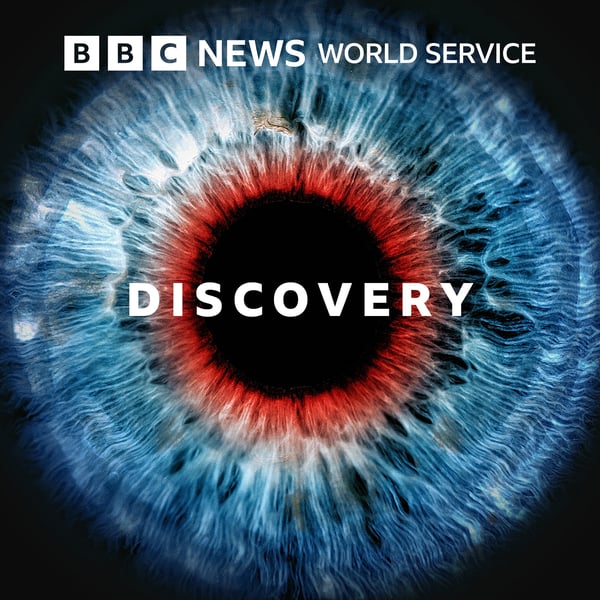Black Holes: A Tale of Cosmic Death and Rebirth
Discovery
BBC
4.3 • 1.2K Ratings
🗓️ 10 October 2016
⏱️ 27 minutes
🧾️ Download transcript
Summary
The discovery of gravitational waves by the LIGO observatory opens up a new form of astronomy, which will allow scientists explore the ultimate fate of dead stars, Black Holes. Roland Pease reports.
(Photo: Gravitational waves © Nasa)
Transcript
Click on a timestamp to play from that location
| 0:00.0 | Thank you for downloading from the BBC. |
| 0:03.0 | The details of our complete range of podcasts and our terms of use |
| 0:07.0 | go to BBCworldservice.com slash podcasts. |
| 0:33.0 | Ladies and gentlemen. broadcasts. waves. We did it. In physics, 2016 will be remembered as the year Einstein's theories of space and time were given their ultimate test and proved right. What LIGO, the laser interferometric gravitational wave observatory |
| 0:38.0 | detected weren't just waves passing through space, |
| 0:41.0 | but vibrations distorting the very shape of space. |
| 0:45.0 | That was special. |
| 0:47.0 | And as I'll explore in this edition of Discovery for the BBC, |
| 0:50.0 | it did more than change physics. LIGO director Dave Reitzer said in that |
| 0:56.1 | February press conference it opened up a new way of looking at the universe. |
| 1:00.9 | What's really exciting is what comes next. |
| 1:04.8 | It's 400 years ago, Galileo turned a telescope |
| 1:09.4 | to the sky and opened the era of modern observational astronomy. |
| 1:15.0 | I think we're doing something equally important here today. |
| 1:19.0 | I think we're opening a window on the universe, the window of gravitational wave astronomy. |
| 1:23.4 | I'm Rowland Pease and I find LIGO extraordinary. |
| 1:29.2 | Effectively two pairs of rulers on either side of the United States, four kilometers long, |
| 1:35.3 | whose precise length can be measured with lasers to nearly a millionth of the width of an atomic |
| 1:40.7 | nucleus. That's like knowing the distance to the nearest star to an accuracy of a |
| 1:45.2 | hair's width. That's what it takes to see the gravitational disturbance from something violent that |
| 1:51.4 | happened in the distant universe. |
| 1:54.0 | We've opened an entirely new way of observing the universe using gravitational waves. |
... |
Please login to see the full transcript.
Disclaimer: The podcast and artwork embedded on this page are from BBC, and are the property of its owner and not affiliated with or endorsed by Tapesearch.
Generated transcripts are the property of BBC and are distributed freely under the Fair Use doctrine. Transcripts generated by Tapesearch are not guaranteed to be accurate.
Copyright © Tapesearch 2025.

